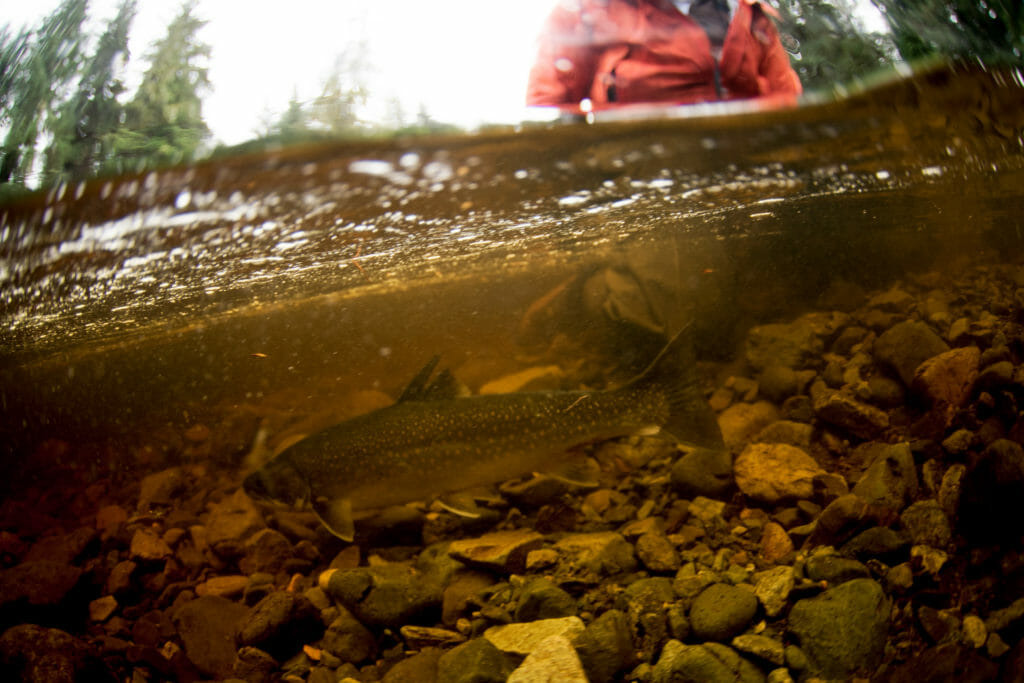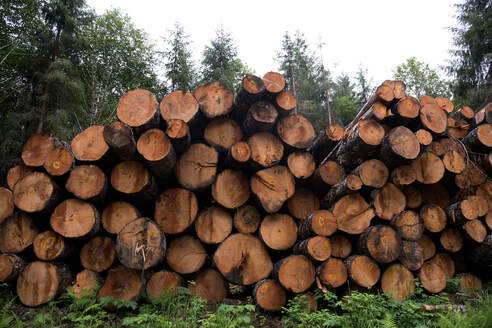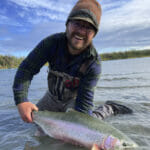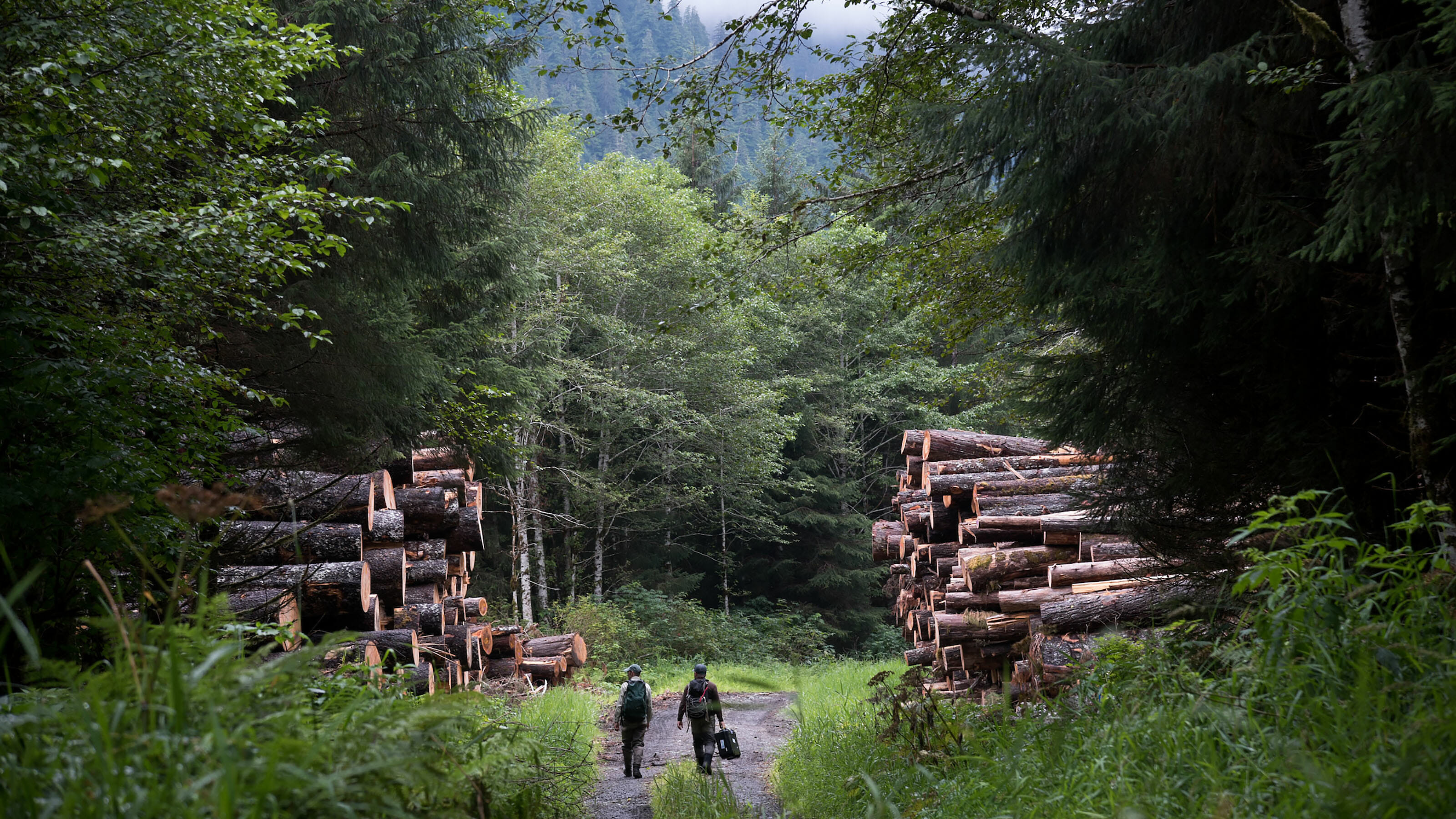By Austin Williams
This week, the U.S. Forest Service announced it is exempting the Tongass National Forest from the Roadless Rule, and in the process removing protections for more than 9 million acres of the nation’s top salmon-producing forest.
This is the latest effort by politicians catering to a failing old-growth logging industry that refuses to adapt to the changing global economy, fails to recognize the Tongass is much more valuable for its wild salmon than as a source of timber for foreign markets, and that persists only because of massive government subsidy.
With any luck, this short-sighted decision won’t be on the books for long.

My introduction to the Tongass was as a Forest Service employee on Prince of Wales Island—where industrial logging’s heyday was its most intense and most severe. I’ve slogged through more than my fair share of clear cuts—where logging stretched onto such steep slopes it caused landslides that caved into and smothered salmon spawning streams, where roads were constructed and maintained so haphazardly they diverted entire streams out of their natural channel, and where once-cut landscapes grew back with stunted trees so dense the forest was entirely uninhabitable for wildlife like deer. One memorable logging road I surveyed was so derelict it failed to have a single functioning culvert despite crossing numerous salmon streams.
These examples are not extraordinary or a thing of the past. As of March of this year, more than 1,100 bridges and culverts across fish streams on the Tongass failed to meet state or federal standards for fish migration. These failed bridges and culverts impede fish access to nearly 250 miles of salmon and trout streams.

Yet, despite the spiderweb of tangled roads crisscrossing the landscape, causing erosion and sedimentation that clogs salmon streams, blocking fish migration, and costing taxpayers many millions annually to construct and maintain, this upcoming decision sets the stage to prolong and extend the mess into some of the few remaining unspoiled landscapes in southeast Alaska.
More than 96% of public comments on this proposed decision favored keeping the roadless rule in place. (See Page 2.) In some Alaska communities, every single comment submitted to the Forest Service wanted roadless areas protected. Tribes, small business owners, hunters and anglers, subsistence users, scientists, and people from all walks of life spoke up in favor of fish, wildlife, beautiful scenery, and for putting an end to unsustainable clear-cut logging of our best remaining old-growth forest.
Recognizing how unpopular clear-cut logging of old-growth forest has become, some individuals have taken to claiming this decision isn’t about logging at all. Don’t buy what they’re selling.
Austin Williams is Trout Unlimited Alaska’s Director of Law and Policy.



